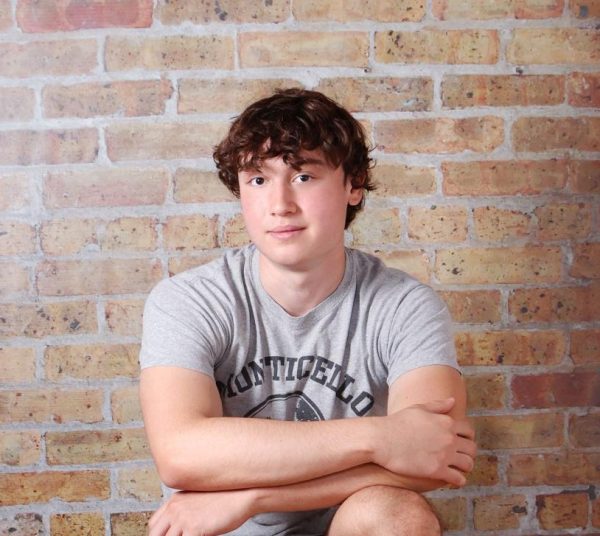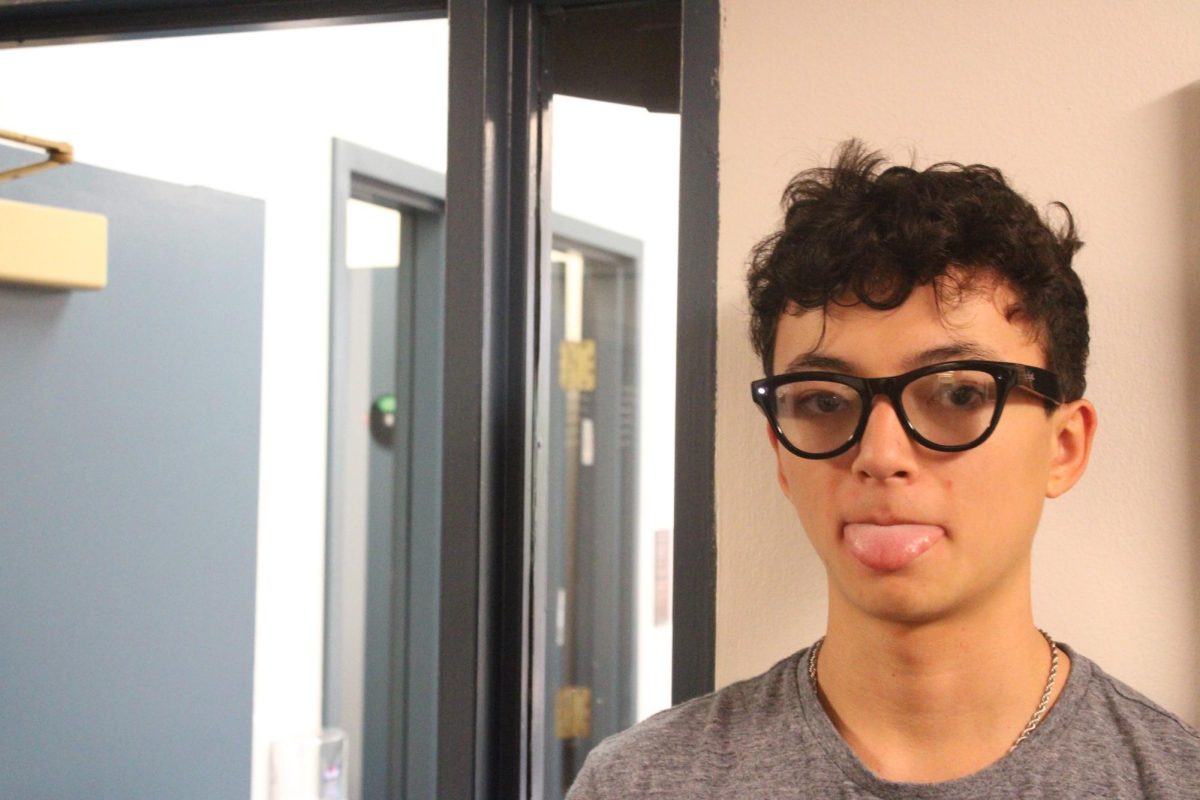Mayor Brandon Johnson recently vetoed a renewal of the ShotSpotter gunshot detection technology. This decision was met with strong pushback from alderpeople, as concerns over public safety and crime detection continue to rise.
Chicago has used ShotSpotters—devices used to detect gunshots, which are typically placed on top of street lights or telephone poles—since 2012. Once a gunshot is identified through acoustic sensors, the police are immediately notified. Alderpeople overwhelmingly voted to renew the contract that expired on September 23, but Johnson vetoed it, citing budgetary concerns. The mayor questioned whether the technology was the best use of city funds, while critics of Johnson’s veto argued in favor of ShotSpotter’s life-saving capabilities.
Even though no ShotSpotters are located in the 2nd Ward, which includes Latin, many students live in neighborhoods with ShotSpotters, meaning that this issue will directly affect many Latin students. To see if there are ShotSpotters in your neighborhood, check out this interactive map that shows how many sensors were in each ward, in addition to the number of sensors per square mile.
At the 18th Police District Council’s October meeting, Alderman Brian Hopkins, Latin’s alderman, said, “I would disagree with [Johnson] on saying that ShotSpotter is ineffective or that ShotSpotter isn’t worth the money that we pay for it.” In response to Johnson’s veto, Alderman Hopkins explained that a majority of alderpeople backed an ordinance pressing the mayor to extend the contract with ShotSpotter or adopt another safety software. This movement from alderpeople is veto-proof, meaning Mayor Johnson cannot reject it.
The pushback against ShotSpotter is not limited to the price tag and availability of cheaper technologies. Many argue that another fault of ShotSpotter is the ward-by-ward distribution method that has located the majority of ShotSpotters in communities of color. When questioned about the controversies surrounding ShotSpotters, many Latin students were unaware of the technology.
Senior Isabella Carney, who had not previously heard of ShotSpotter, acknowledged the positives of ShotSpotters but also pointed out that they act solely as a responsive measure instead of a preventative measure.
She said, “I think the biggest thing to focus on [in terms of solving gun violence] is not reacting to gun violence but being proactive and trying to prevent it by increasing gun laws.”
Still, Isabella recognized the value that this reactive measure provides. “I do think [ShotSpotter] could mean faster response times, which would mean saving lives,” she said.
Upper School Performing Arts Director Frank Schneider led the Gun Violence in Chicago Project Week last year. During this Project Week, Mr. Schneider, along with Upper School history teacher Kristin Gulinski, led students through the city, where they were educated on the root causes, prevention possibilities, and controversies surrounding gun violence in Chicago.
Mr. Schneider pointed out that although ShotSpotters are not located in every neighborhood, the issue still affects every area of Chicago, including Latin, because gun violence has a high indirect cost for the entire city.
“Some communities are impacted [by gun violence] more than others, but even the indirect consequences have a high cost,” he said. “And as human beings, we should all care about the impact that gun violence has on our fellow humans and the communities impacted directly by gun violence.”
One Latin student who said he is aware of ShotSpotter is senior Paul Silvani. Paul pointed out that ShotSpotters not only help when witnesses are not present, but also when they are.
“Just having those types of detection systems where you don’t have to pick up a phone and call the police is a lot better if people are overwhelmed or traumatized by what they’ve just seen,” he said.
In terms of what individuals can do to stay safe, Chanel King, the Director of Operations at Latin, emphasized the importance of students being aware at all times, including staying informed about safety measures in Chicago.
“It’s essential that students take responsibility for their own safety as well,” Ms. King said. “Whether that means traveling in groups, being mindful of your surroundings, or understanding how the city manages safety initiatives, staying informed and alert is always a good strategy.”

















































